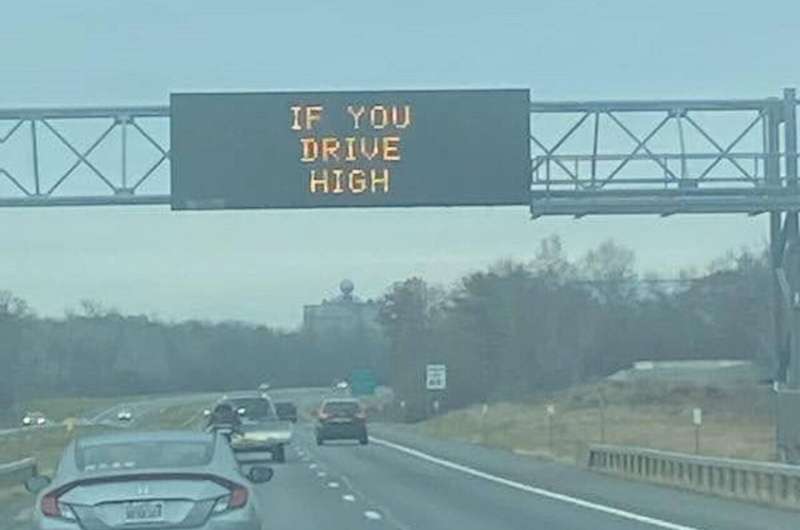maxolon pregnancy safe

States that legalized recreational marijuana saw a subsequent increase in traffic crashes and fatalities, etoricoxib alternatives according to new research in the Journal of Studies on Alcohol and Drugs.
“The legalization of marijuana doesn’t come without cost,” says lead researcher Charles M. Farmer, Ph.D., of the Insurance Institute for Highway Safety in Ruckersville, Va.
Farmer and colleagues’ analysis of five states that allow the recreational use of marijuana for adults age 21 and older revealed a 5.8% increase in the rate of traffic crash injuries and a 4.1% increase in fatal crash rates after legalization and the onset of retail sales. The researchers found no increase at the same time in a comparison group of states that did not legalize the drug.
Overall, the initial jump in the injury crash rate occurred after legalization but before retail sales began. Traffic crash injuries rose 6.5% after legalization but decreased slightly (-0.7%) after retail sales commenced. However, fatal crash rates increased both after legalization (+2.3%) and after retail sales were authorized (+1.8%).
“Legalization removes the stigma of marijuana use, while the onset of retail sales merely increases access,” says Farmer. “But access to marijuana isn’t difficult, even in places without retail sales. Users who previously avoided driving high may feel that it’s okay after legalization.”
The sharper relationship between marijuana legalization and traffic crash injuries, rather than fatalities, may be due to how some drivers compensate when impaired by marijuana. Often, drivers under the influence of marijuana slow down and maintain a larger distance between themselves and other vehicles. Impaired but at lower speeds, drivers may not be able to avoid a crash, but the crashes that occur may be less likely to be deadly.
According to the authors, earlier studies involving driving simulators have shown marijuana use to affect reaction time, road tracking, lane keeping and attention. However, Farmer notes that the current study is correlational, and increased marijuana use itself is likely not the sole cause of the increases seen.
“Studies looking for a direct causal link between marijuana use and crash risk have been inconclusive,” he says. “Unlike alcohol, there is no good objective measure of just how impaired a marijuana user has become. Until we can accurately measure marijuana impairment, we won’t be able to link it to crash risk.”
To conduct their research, the investigators collected data on traffic crashes and traffic volume for 2009 to 2019 from 11 states and from the Federal Highway Administration. Five states (Colorado, Washington, Oregon, California and Nevada) had legalized recreational marijuana during the study period. A comparison group of six states (Arizona, Idaho, Montana, New Mexico, Utah and Wyoming) did not. The authors statistically adjusted for factors known to contribute to crashes and fatalities, including seat belt use and unemployment rate.
The changes in injury crash rates varied by state: Colorado had the biggest jump (+17.8%) and California the smallest (+5.7%) after both legalization and the onset of retail sales. Nevada’s rate decreased (-6.7%). For fatal crashes, increases occurred in Colorado (+1.4%) and Oregon (3.8%), but decreases were found in Washington (-1.9%), California (-7.6%) and Nevada (-9.8%).
Source: Read Full Article
